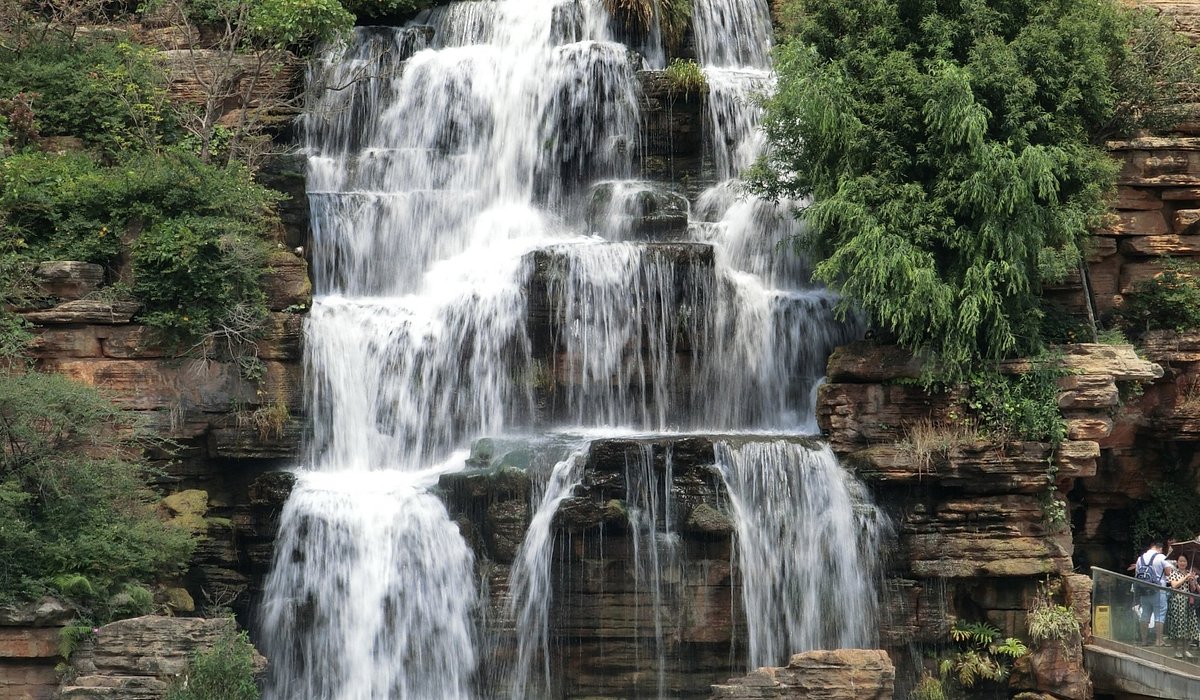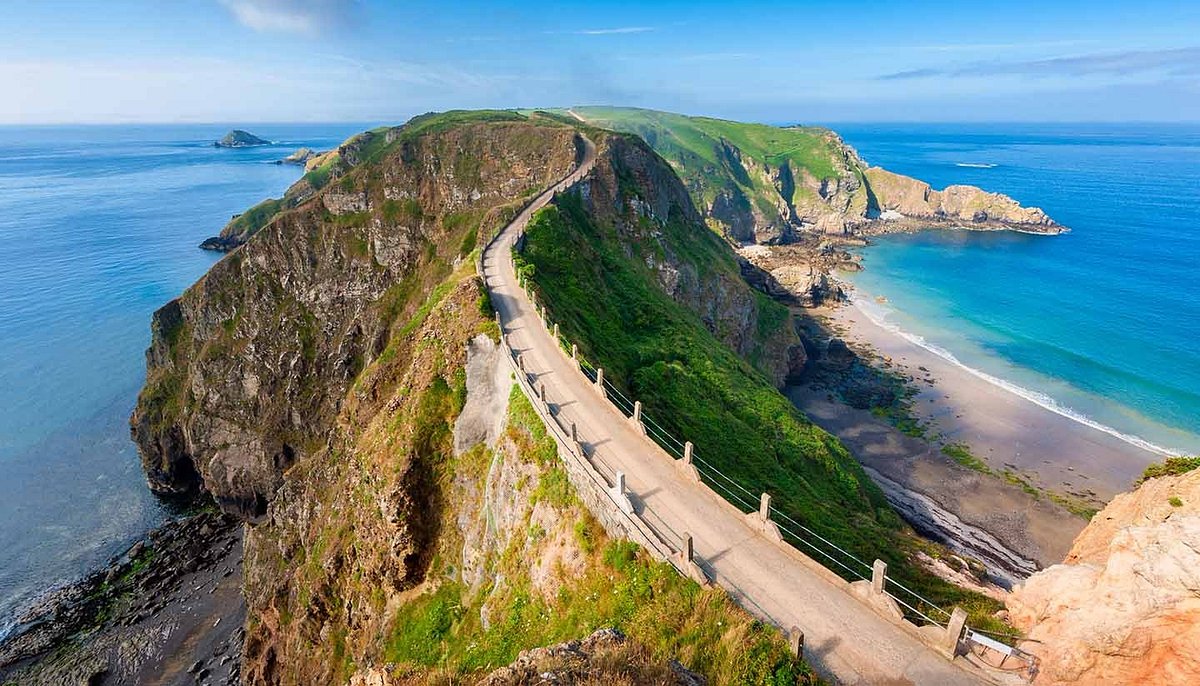Exploring the country’s most breathtaking wilderness often means facing serious hazards. These 12 hikes—favored by thrill-seekers—pose significant risks, even to seasoned hikers. Prepare to think twice before taking on these trails.
1. Half Dome, Yosemite National Park (CA)
- Stats: ~16 mi RT, ~4,800 ft gain, final 400 ft via steel cables
- Hazards: Exposed granite with slick cables; sudden storms; lightning risk
- Incidents: ~60 rescues annually; 10 fatalities on cables since 1919, including a 20‑year‑old in July 2024
- Tip: Only hike when cables are up and conditions are dry. Don’t push beyond your comfort zone.
2. Mist Trail, Yosemite National Park (CA)
- Stats: Passes Vernal and Nevada Falls prior to Half Dome
- Hazards: Wet granite, slippery paths, fatal falls (14+ deaths in past decade)
- Tip: Stay behind guardrails and avoid rushing during stormy or early-season periods.
3. Angels’ Landing, Zion National Park (UT)
- Stats: ~4.3 mi RT, ~1,827 ft gain, narrow ridge with drop-offs on either side
- Hazards: No chains in some sections, high fatality rate (14+ deaths since 2000)
- Tip: Only hike with sure footing and no fear of heights; permit required since April 2022.
4. Kalalau Trail, Nā Pali Coast (HI)
- Stats: ~22 mi RT total (11 mi one‑way), elevation gain ~6,500 ft
- Hazards: Cliffside narrow ledges, flash floods, remote rescues
- Tip: Only for experienced, well-prepared hikers—permits mandatory beyond Mile 2; monitor weather closely.
5. Mount Washington, White Mountains (NH)
- Stats: ~8‑10 mi RT, ~4,200 ft elevation
- Hazards: Fast-changing severe weather; record winds up to 231 mph in 1934
- Incidents: Over 161 deaths in broader Presidential Range due to hypothermia, avalanches, exhaustion
- Tip: Always check forecasts, carry layers, and emergency kit. Avoid winter unless you’re prepared for alpine conditions.
6. Mount Katahdin (Knife Edge), Baxter State Park (ME)
- Stats: Strenuous, steep terrain across narrow Knife Edge ridge
- Hazards: Exposed sections, loose footing, dehydration
- Incidents: 60+ fatalities since 1933, ~40 SAR missions annually
- Tip: Only attempt in good weather with strong route-finding skills and alpine experience.
7. Nankoweap Trail, Grand Canyon (AZ)
- Stats: ~14 mi RT, ~6,040 ft descent/ascent, unmaintained
- Hazards: No water for 11 miles, extreme heat, full self-support required
- Incidents: Scout expedition death in 1996 from dehydration
- Tip: Only for self-sufficient backpackers with water caching plan and heat survival gear.
8. Moro Rock Stairway, Sequoia National Park (CA)
- Stats: ~350-step granite dome ascent
- Hazards: Windy, bypassing rails is life-threatening
- Incidents: Sequoia/Kings Canyon parks reported 23 park fall fatalities (2014–2019)
- Tip: Never climb beyond railings; turn back if winds pick up.
9. Marufo Vega Trail, Big Bend NP (TX)
- Stats: Rugged, remote desert trail
- Hazards: Extreme heat, lack of shade/water
- Incidents: 24‑year‑old hiker died Oct 2024 amid 91°F temps
- Tip: Hike early mornings, carry 4+ L water, and avoid summer months.
10. Precipice Trail, Acadia NP (ME)
- Stats: Cliffside iron rungs and ladders on granite face
- Hazards: Exposure, slick rock when wet
- Tip: Skip in mist. One slip can be fatal.
11. The Maze, Canyonlands NP (UT)
- Stats: Remote backcountry requiring route-finding over red sandstone
- Hazards: No cell reception, extreme heat, flash floods
- Tip: Only go with GPS & strong navigation skills; leave trip plans with park.
12. Keyhole Route, Longs Peak (CO)
- Stats: Class‑3 scramble up to 14,259 ft
- Hazards: Boulder hopping, altitude, sudden storms
- Tip: Start before dawn to avoid afternoon storms and be roped up on knife-edge sections if needed.








